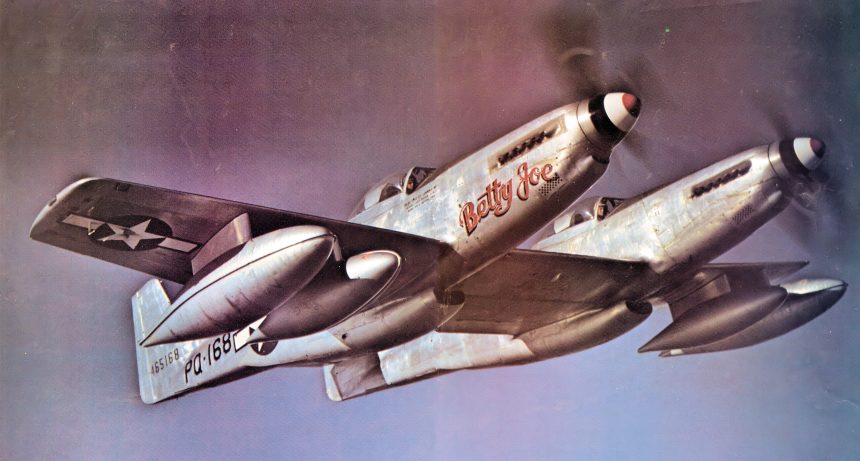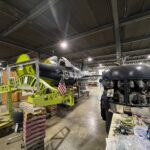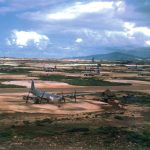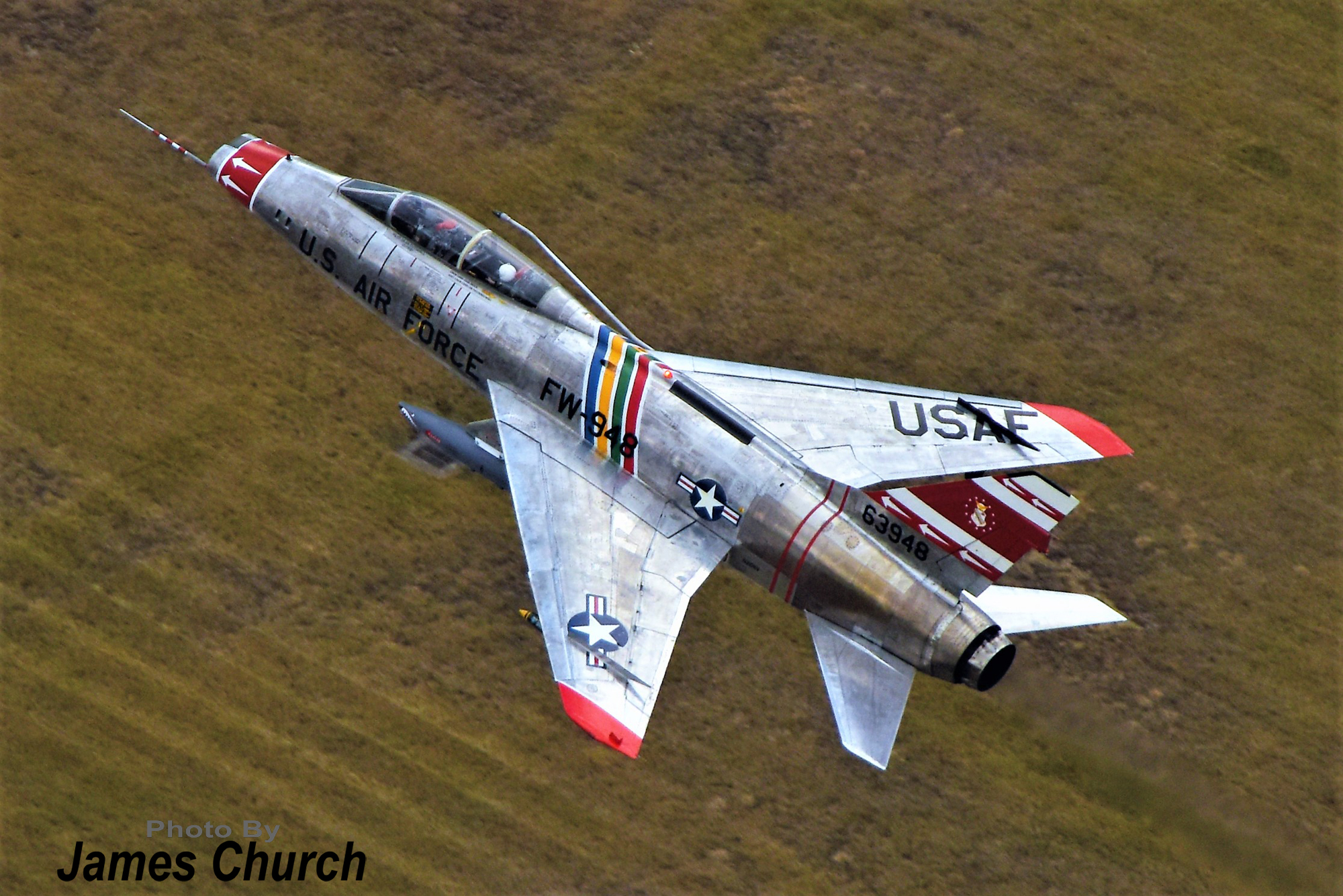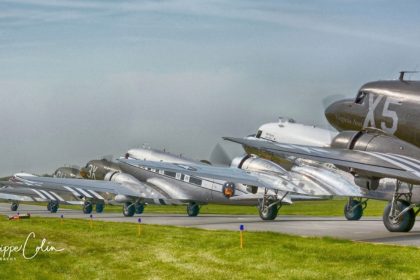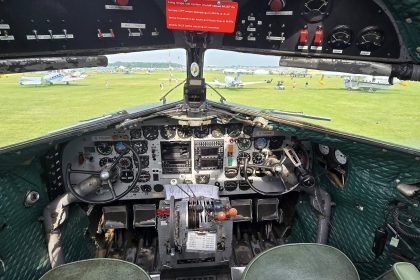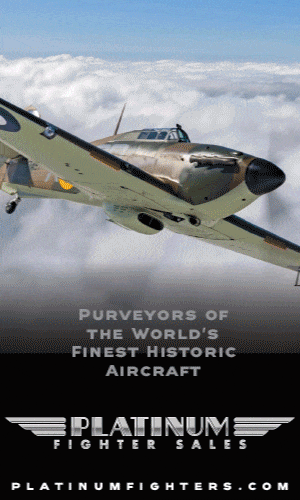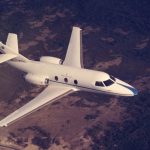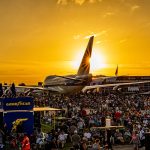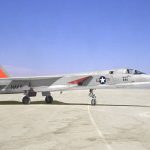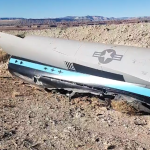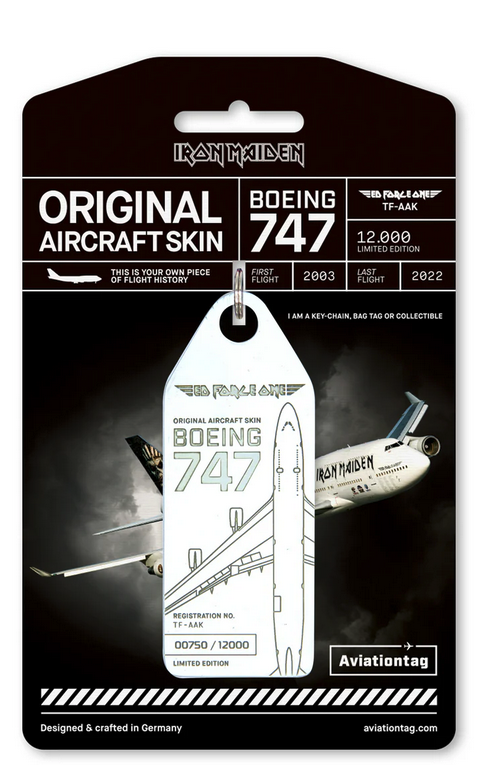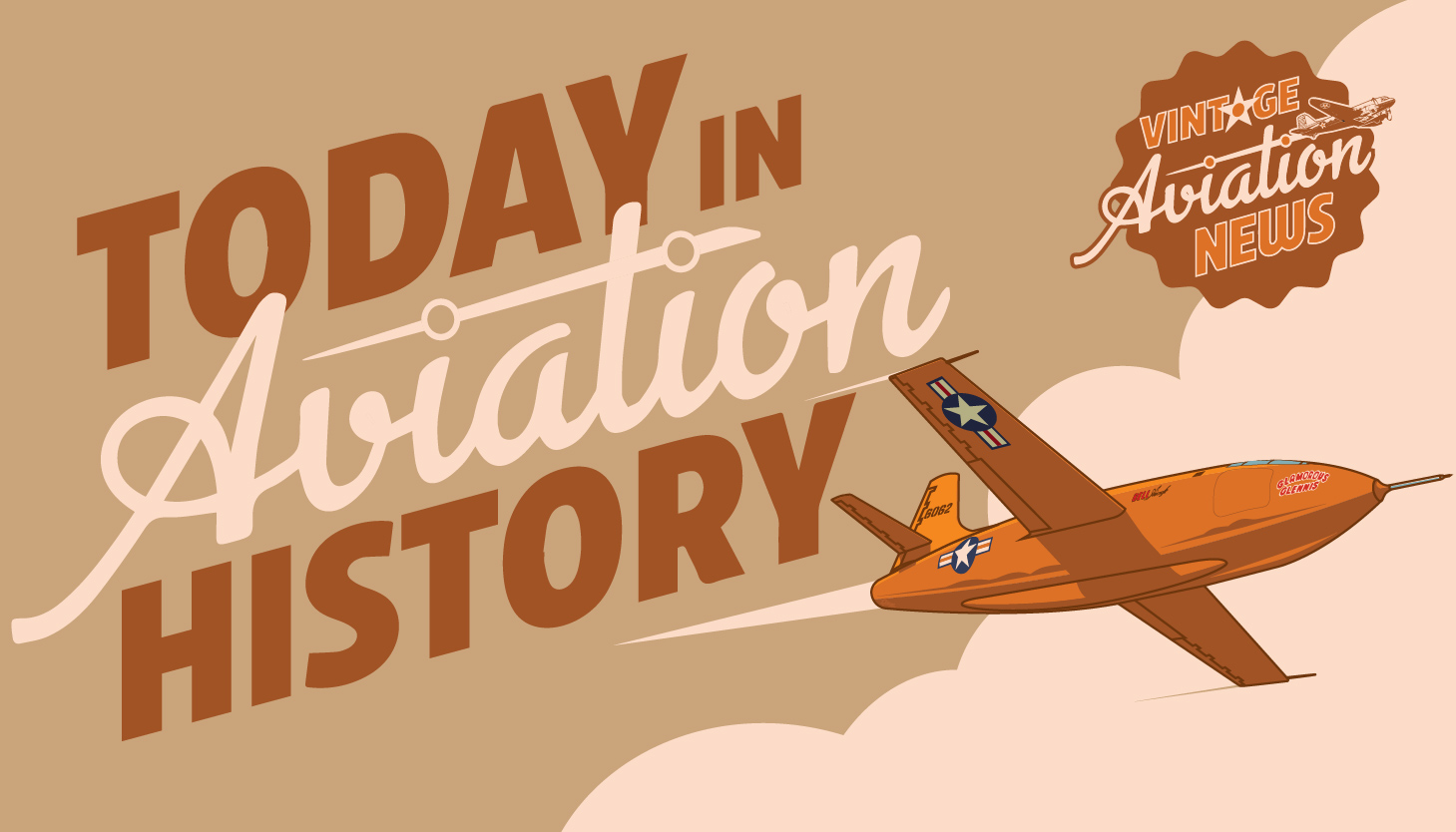
The North American P-82 Twin Mustang had been designed for the express purpose of being a long-range escort fighter, meant to accompany Boeing B-29 Superfortresses on bombing raids from the Mariana Islands to the Japanese Home Islands and back, with one pilot each in the P-82’s two fuselages to fly the aircraft in shifts in order to combat fatigue. But while the XP-82 Twin Mustang would make its first flight on June 15, 1945, WWII ended before it could conduct it’s combat trials.
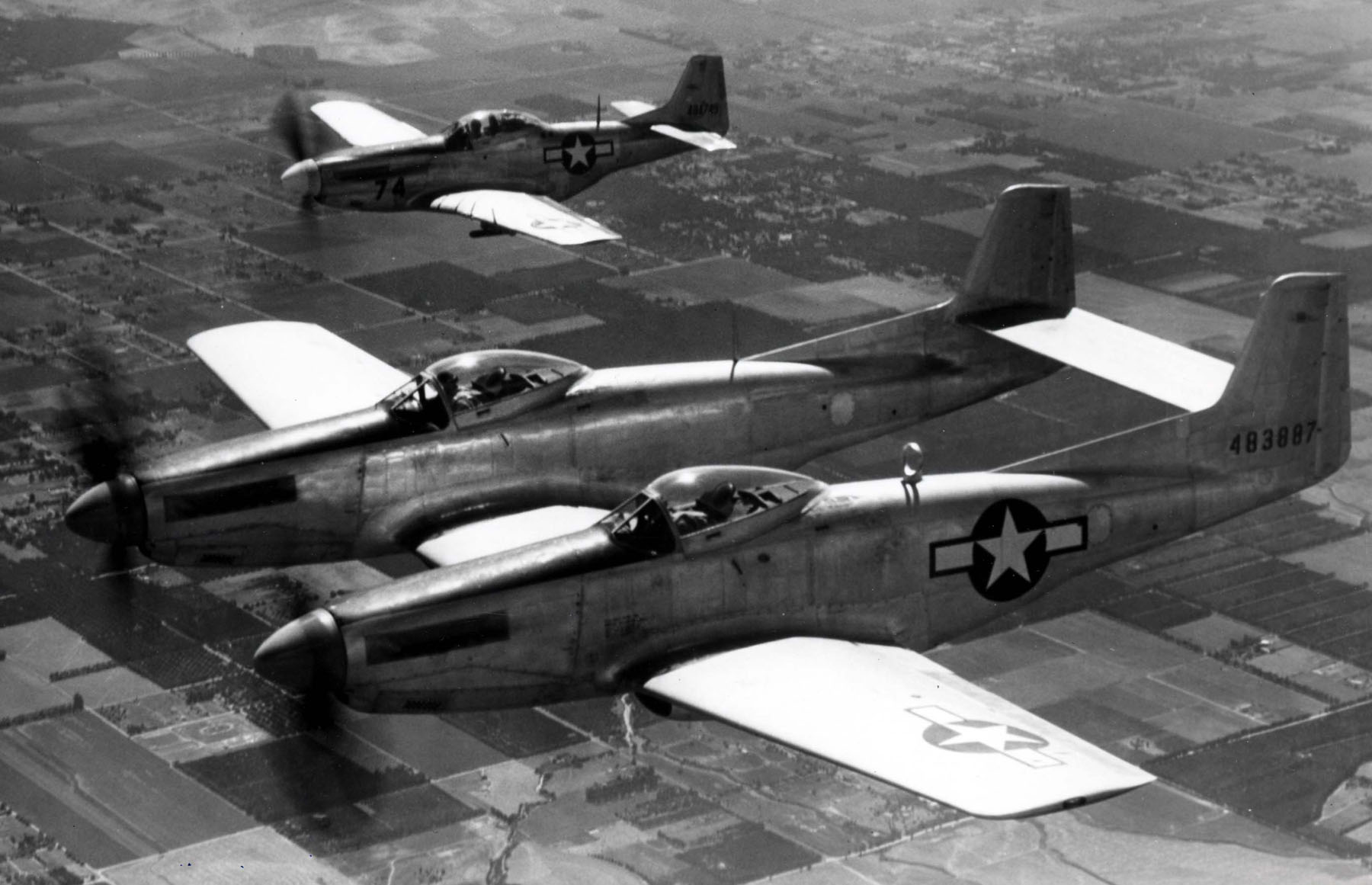
Nevertheless, the North American P-82 Twin Mustang would be placed into service with the US Army Air Force as the mainstay escort fighter for the new Strategic Air Command (SAC) in its mission to deter the Soviet Air Force in the new Cold War the United States found itself facing. It was this point that the idea of publicly demonstrating the P-82’s endurance by flying from Hawaii to New York nonstop was born, and two young test pilots of the USAAF’s Air Material Command stepped forward to make this flight possible.
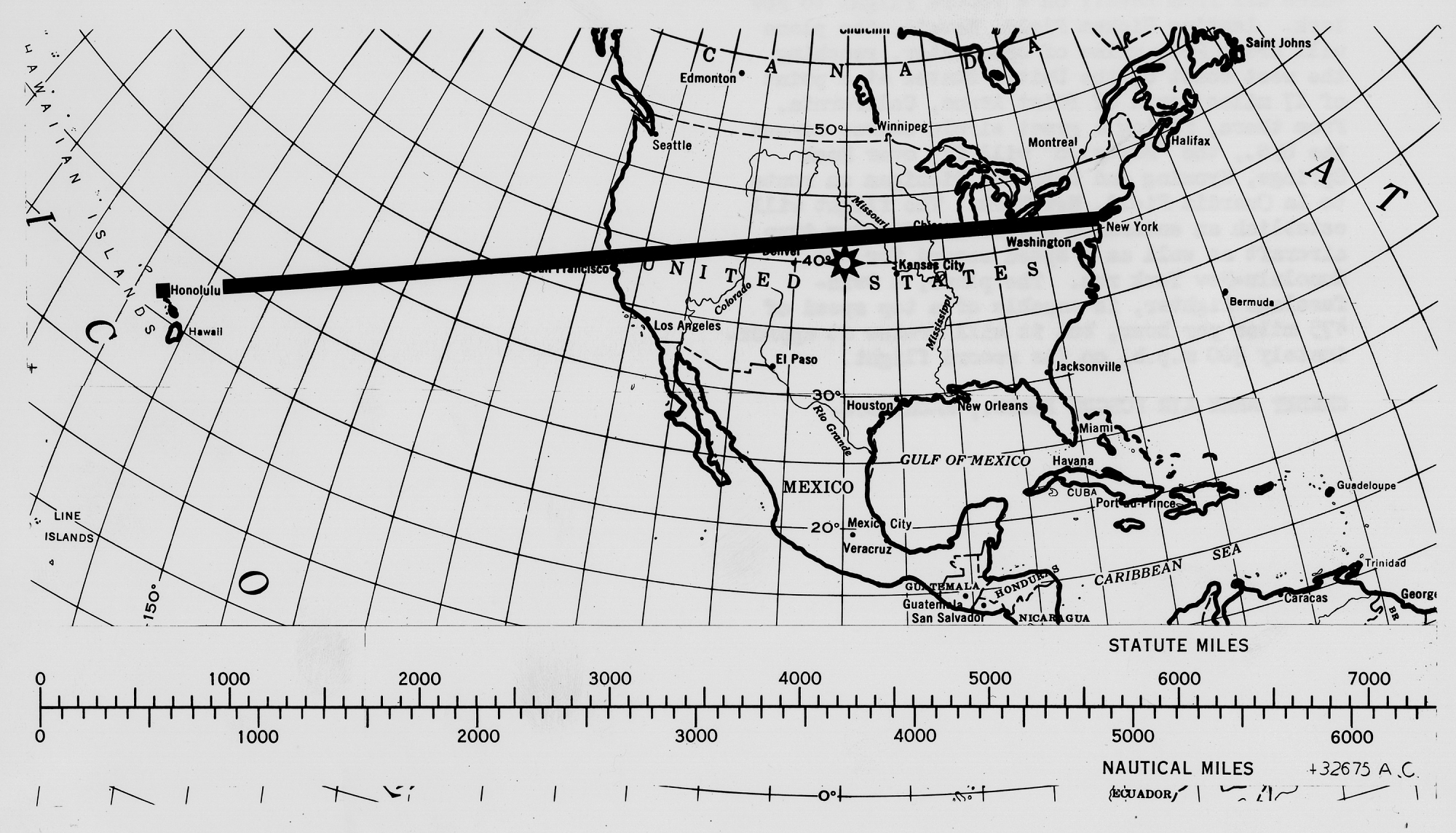
Born on February 21, 1918, in El Centro, California, Robert E. Thacker had become interested in aviation through building balsa wood models and took that interest all to his enlistment in the US Army Air Corps in 1939, where he was commissioned a second lieutenant in the Air Reserve on June 21, 1940, after graduating from pilot training at Brooks Field, San Antonio, Texas. On December 6, 1941, Thacker, who had been prompted to first lieutenant only one month prior, was a pilot of a Boeing B-17E Flying Fortress, serial number 41-2432, of the 88th Reconnaissance Squadron, 7th Bomb Group, on an overnight flight from Hamilton Field near San Francisco, California, to Hickam Field, Hawaii. On the morning of December 7th, the B-17s of the 88th Reconnaissance Squadron arrived during the Japanese attack on Pearl Harbor and were forced to land under fire from the Japanese A6M Zero fighters.
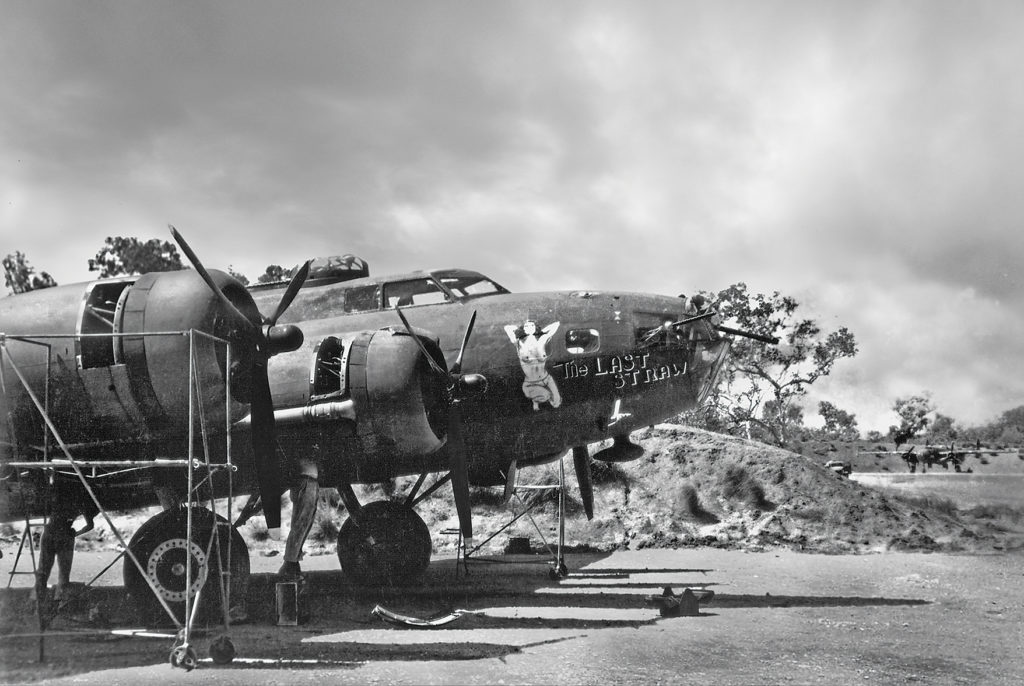
After surviving this baptism by fire, Thacker flew B-17 combat missions in New Guinea before being transferred to Europe to serve as the operations officer of the 384th Bombardment Group at Grafton Underwood, Northamptonshire, England, and flew up to 30 missions in B-17s over Europe. At the end of WWII, he had reached the rank of lieutenant colonel and became a test pilot at the Air Material Command at Wright Field, Dayon, Ohio.
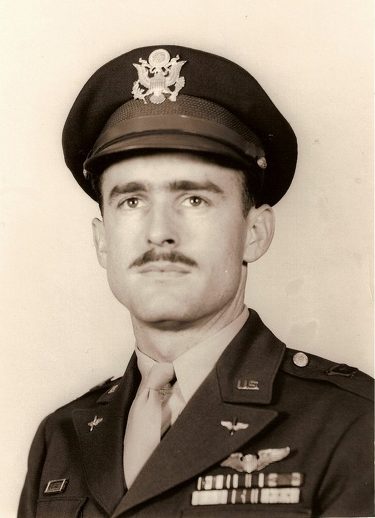
John M. Ard was born on October 18, 1920, in Hawarden, Iowa, and enlisted in the USAAF in September 1942. During the war, he was assigned to the 353rd Fighter Group of the VIII Fighter Command at RAF Raydon, flying Republic P-47 Thunderbolts and being credited with three aerial victories. By the end of WWII, 1st Lt. Ard stayed in the USAAF and also served at Wright Field as a test pilot.
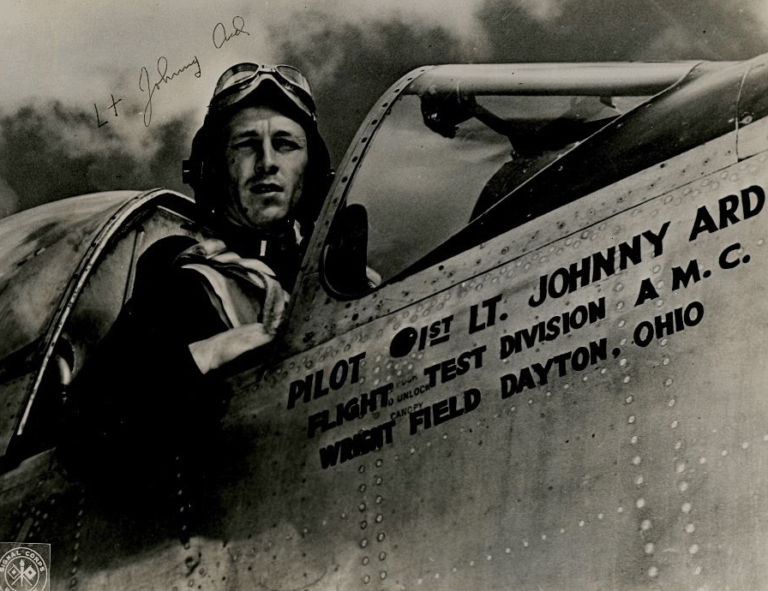
The aircraft selected for this flight was the ninth P-82B to roll off the North American Aviation (NAA) assembly line in the Los Angeles neighborhood of Inglewood, California, as construction number 123-43754, and was accepted into the USAAF as serial number 44-65168. Unlike later models of the P-82/F-82 Twin Mustang that were powered by Allison V-1710s, 44-65168 was among the aircraft that were powered by two Packard V-1650 Merlin engines, the American license-built version of the Rolls-Royce Merlin engine.
After the aircraft was selected for the planned Hawaii-New York flight, technicians at NAA began extensively modifying 44-65168. They removed the aircraft’s armor, as well as the six Browning .50 caliber machine guns in the wing’s center section. Two 150-gallon nylon fuel tanks were added behind the two cockpits, a 100-gallon tank was added to the gun bay, and the P-82B was fitted with four 310-gallon externally mounted drop tanks to be jettisoned during the flight. In all, the modified Twin Mustang could now carry 2,215 gallons (8,385 liters) of fuel. In order to personalize the aircraft, Lt. Col. Thacker named the plane “Betty Jo” after his wife, though the painters at NAA had accidently painted it as “Betty Joe”.
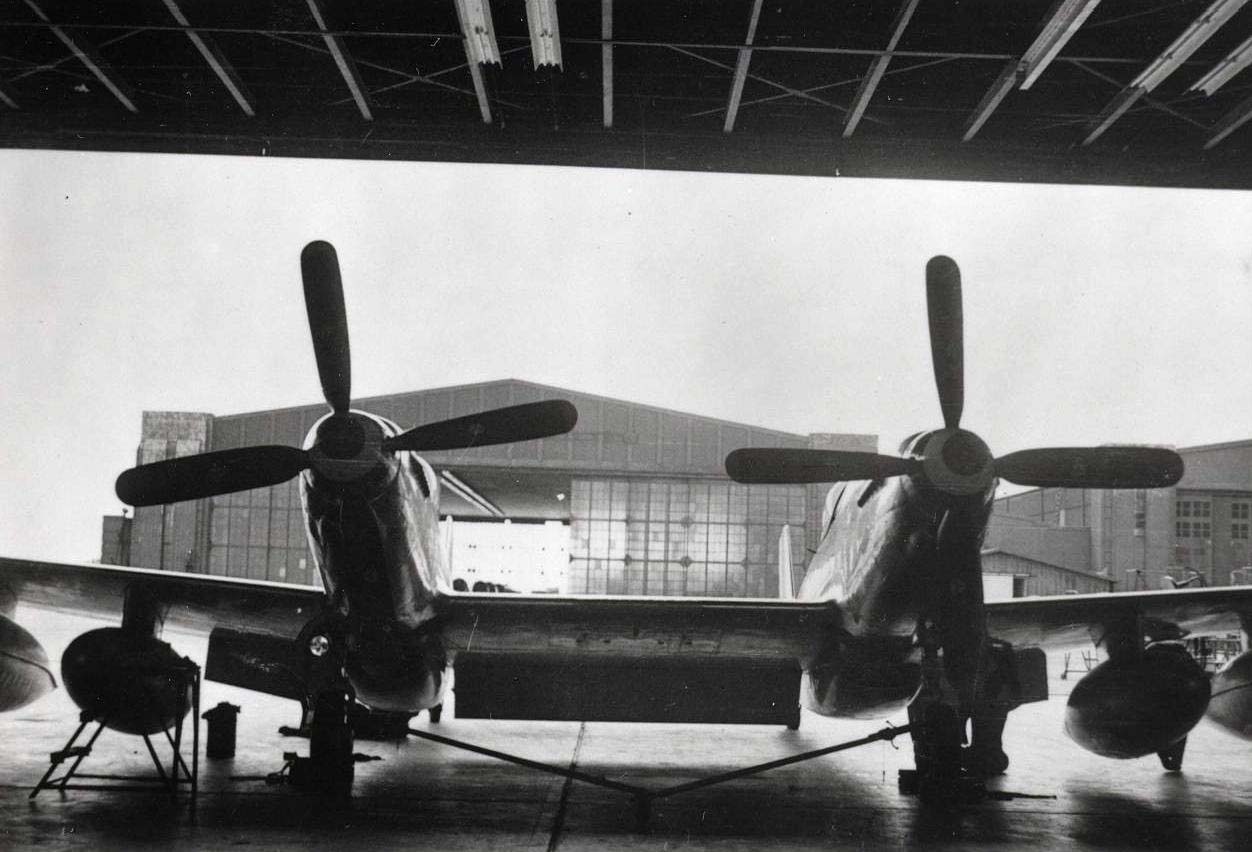
Besides modifications to the aircraft for performance, Betty Jo was fitted with pulsating seats to maintain blood circulation for the pilot’s bodies, the parachutes had adjustable harness leg straps to stay loose for comfort in the cockpit but could be quickly tightened in case of an emergency, and the pilots had Benzedrine inhalants to stay awake.
With the USAAF holding a press conference to announce the flight range on January 27, 1947, Thacker and Ard flew Betty Jo to Hawaii from the mainland, taking off from Muroc Army Airfield, California on February 12, to Hickam Field, Hawaii, landing on February 13 at the same airfield Thacker landed his B-17 at during the attack on Pearl Harbor. During the westward flight, Betty Jo was accompanied by a Boeing B-29B Superfortress 44-84061 “Pacusan Dreamboat”, which itself had set several long-range endurance records. Pacusan Dreamboat, flown by test pilot Albert Boyd, carried spare parts, aircraft technicians, and an NAA factory representative to assist the Betty Jo in the preparations to fly from Hawaii to New York.
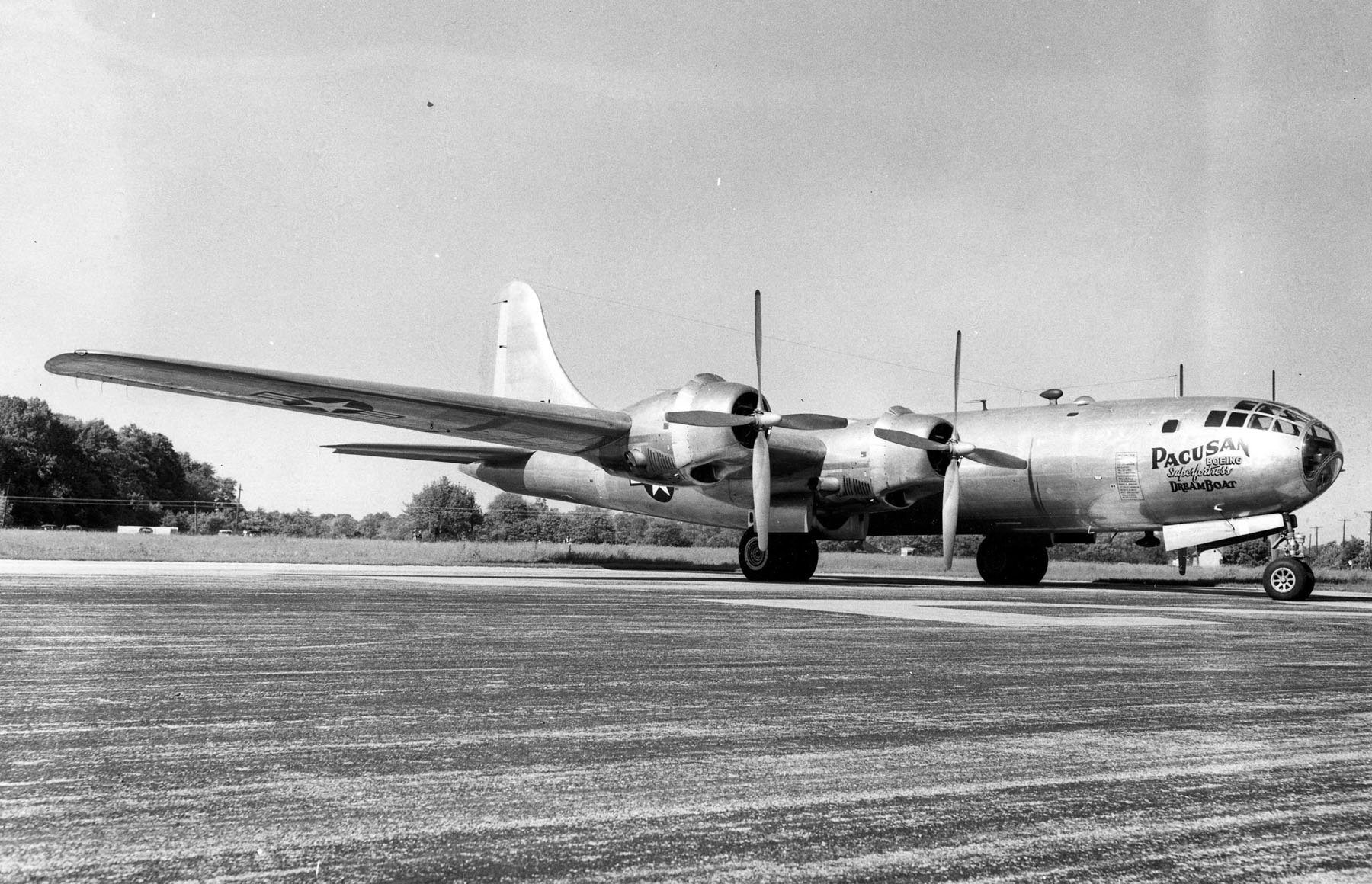
On February 27, 1947, Thacker and Ard took off from Hickam Field at 3:05pm local time. Within 13 minutes, they climbed to 13,000 feet. With Thacker and Ard maintaining an average speed of 348 mph, they were steadily able to climb up to 19,000-22,000 feet after burning off some off their fuel to cross the Pacific from Hawaii to Oakland, California. Just off the California coast, they tried to jettison the two outboard drop tanks, but only the one on the left wing broke free, with the mounts on the right wing having failed to release the now empty tank, which caused parasitic drag that kept Betty Jo below the desired 400 mph.
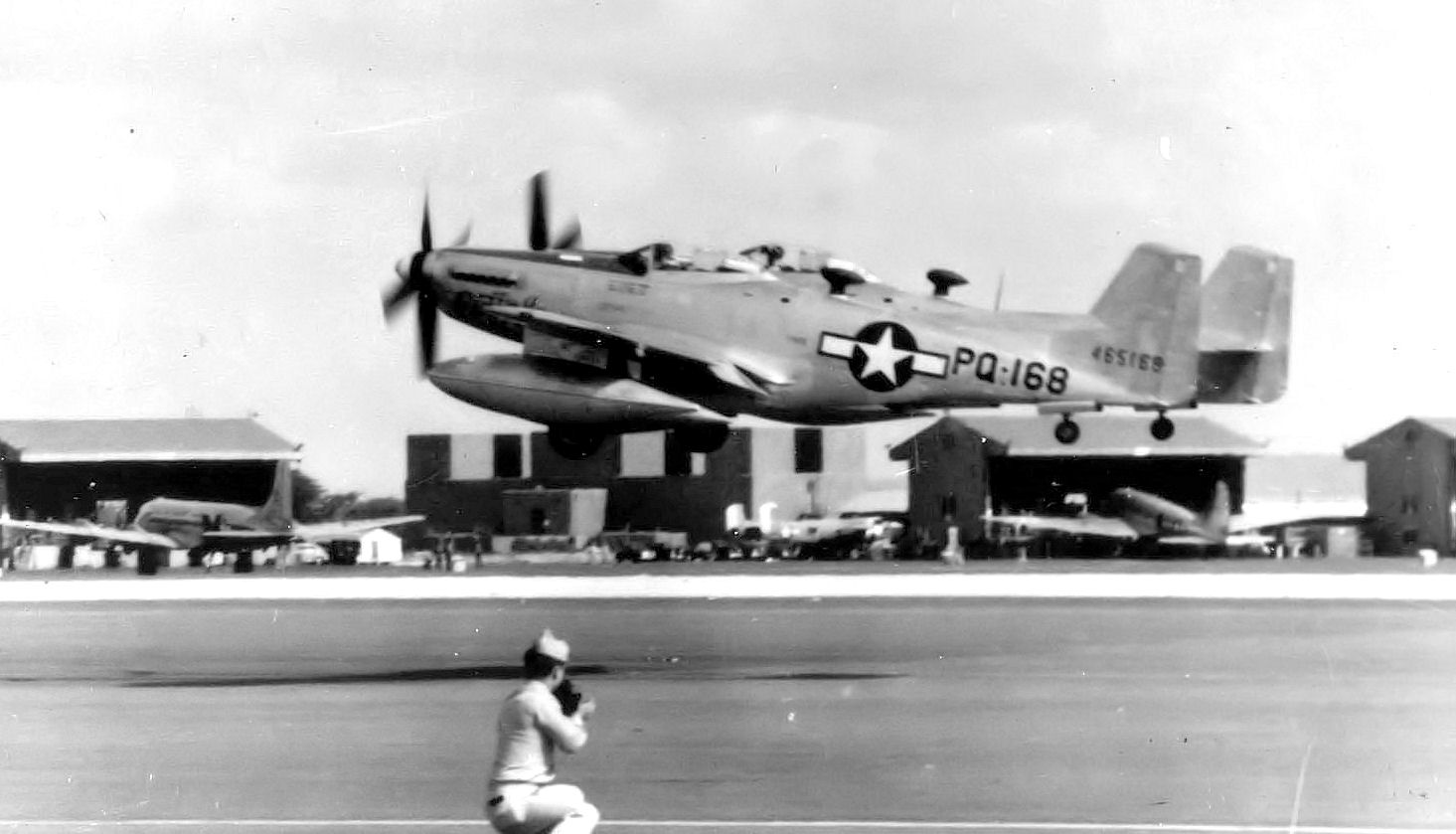
After passing over Oakland, Thacker and Ard took Betty Jo on a great circle route to New York, following the curvature of the Earth. As the Betty Jo approached its second designated drop area near Laramie, Wyoming, to jettison the inboard drop tanks, none of these tanks would budge from the aircraft. To make things worse, the heating system for Ard’s cockpit failed, freezing his instruments, along with the navigational equipment carried by the P-82.
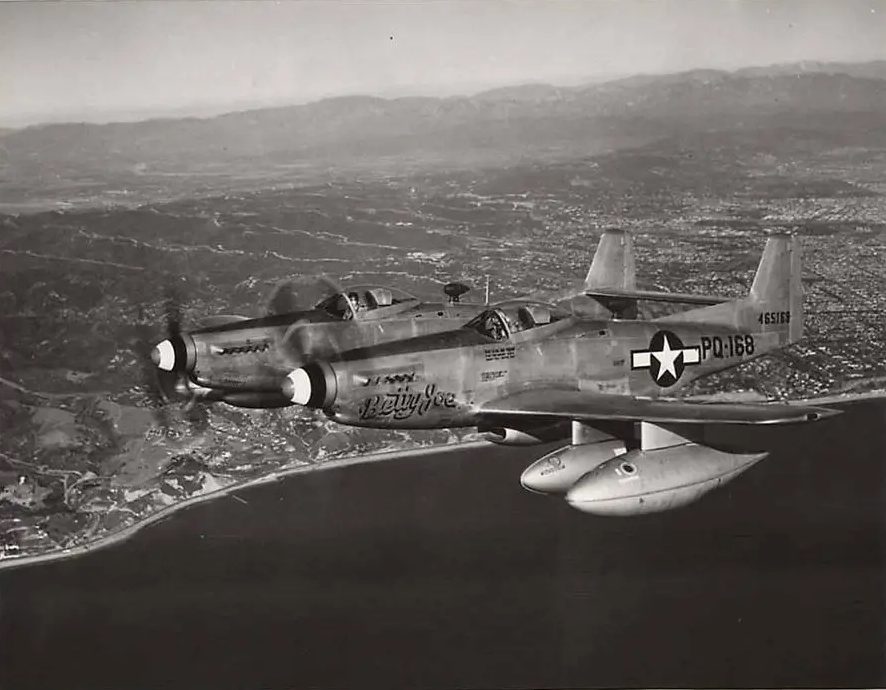
As Betty Jo flew east of Chicago, there were serious concerns among Ard and Thacker that having consumed more fuel over the Pacific than they had calculated before the flight, combined with the drag from the three empty drop tanks, they might have to abandon their flight to LaGuardia and divert to an airfield in Ohio or Pennsylvania, especially after they encountered headwinds of 65 mph. But Ard had confidence in the aircraft, and the two pilots pushed on to LaGuardia.
At 11:06am on February 28, 1947, Robert Thacker and John Ard landed the P-82 Twin Mustang “Betty Jo” at LaGuardia International Airport, New York, with just 60 gallons of gasoline for only an additional 30 minutes of flight time. Among those waiting to welcome Thacker and Ard were their spouses, Betty Jo Thacker and Doris Ard. The total flight time for this remarkable event was 14 hours, 33 minutes, 34 seconds, the longest unrefueled flight of a fighter aircraft in aviation history. For their airmanship, both Lt. Col Robert E. Thacker and Lt. John M. Ard received the Distinguished Flying Cross.
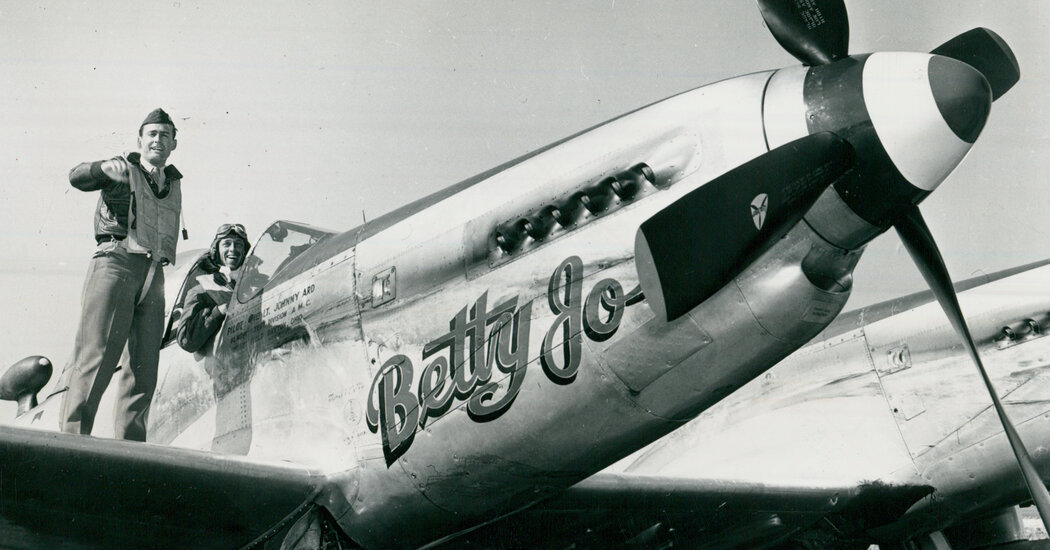
As for Betty Jo, the aircraft remained in service with the newly independent US Air Force, becoming an F-82B fighter. In September 1950, the aircraft was transferred to the National Advisory Committee of Aeronautics (NACA (the precursor of NASA)), was redesignated as an EF-82B, and given the code NACA-132. The aircraft used for ramjet flight testing at the Lewis Flight Propulsion Laboratory (now NASA John H. Glenn Research Center at Lewis Field), in Cleveland, Ohio.
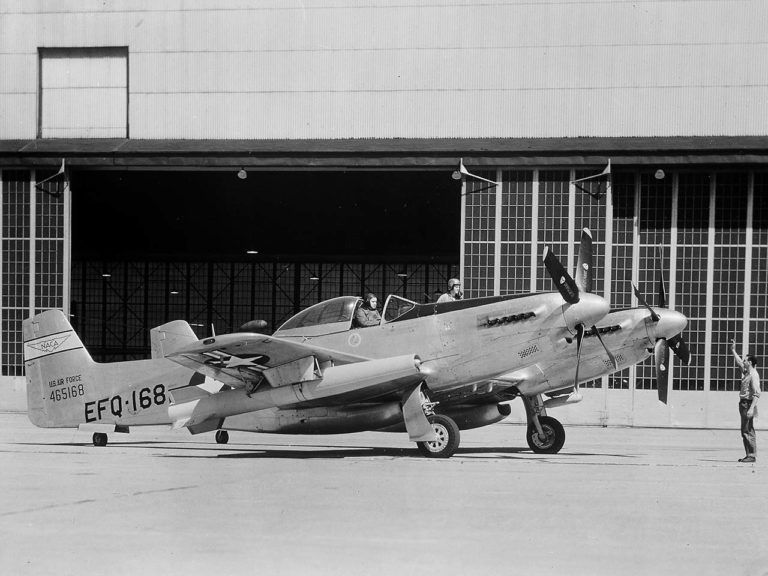
After seven years of flight testing, Betty Jo made her final flight on June 21, 1957, with pilots Joseph S. Algranti and Andrew David Balazi at the controls. They took off from Lewis Flight Propulsion Laboratory (LFPL), and landed at Wright-Patterson Air Force Base, Dayton, Ohio, to induct Betty Jo into the collections of the National Museum of the United States Air Force. Today, Betty Jo is on display in the museum’s Eugene W. Kettering Cold War Gallery, one of dozens of other aircraft on display in the gallery.
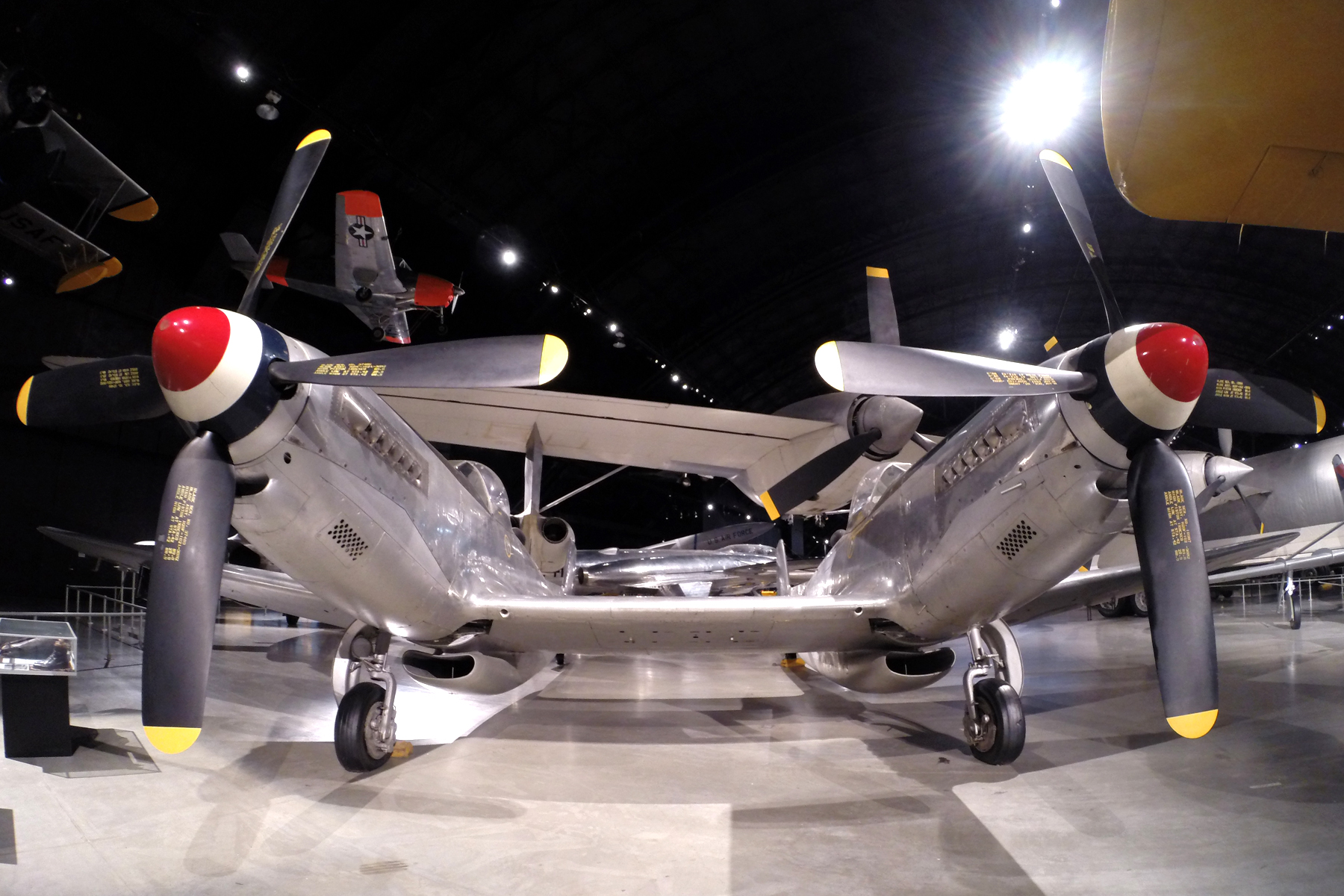
As for the two pilots who flew the P-82 Betty Jo from Hawaii to New York, John Ard retired from the USAF in 1954 and settled in Fort Pierce, Florida as a civil engineer, where he passed away on November 13, 1997, at the age of 77. Robert E. Thacker flew additional combat missions during the Korean and Vietnam Wars and retired from the USAF in 1970 at the rank of Colonel. He then settled in San Clemente, California, where he was actively involved in building model airplanes, being inducted into the Academy of Model Aeronautics (AMA) Hall of Fame in 2010. Colonel Robert E. Thacker died on November 25, 2020, at the age of 102.
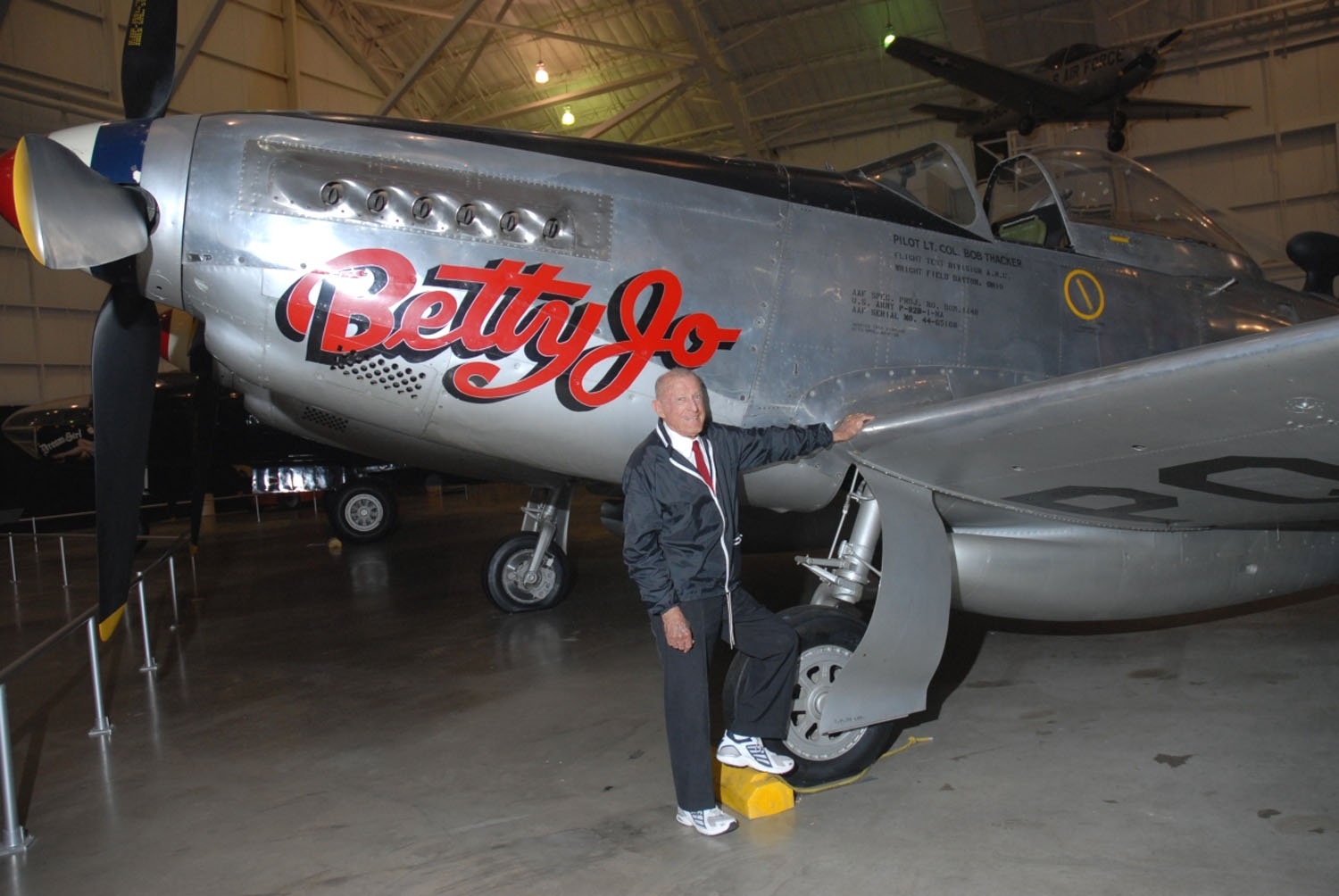
Today, the flight of the North American P-82 Twin Mustang Betty Jo remains one of the most ambitious flights of a fighter aircraft in the history of aviation, and with the onset of aerial refuelling, it proved that fighter aircraft could fly further on long range missions previously considered impossible.
Today in Aviation History is a series highlighting the achievements, innovations, and milestones that have shaped the skies. All the previous anniversaries are available HERE






